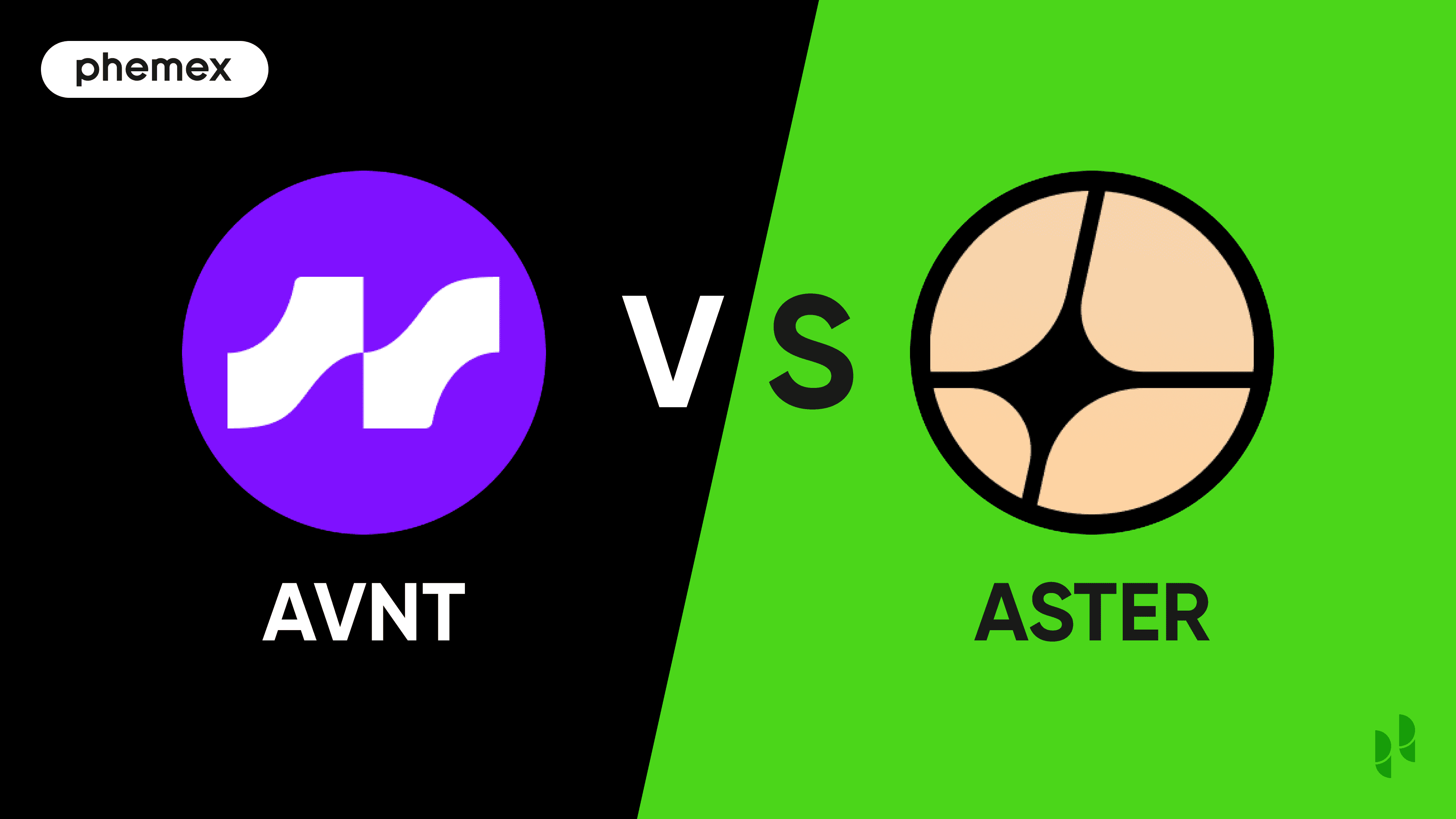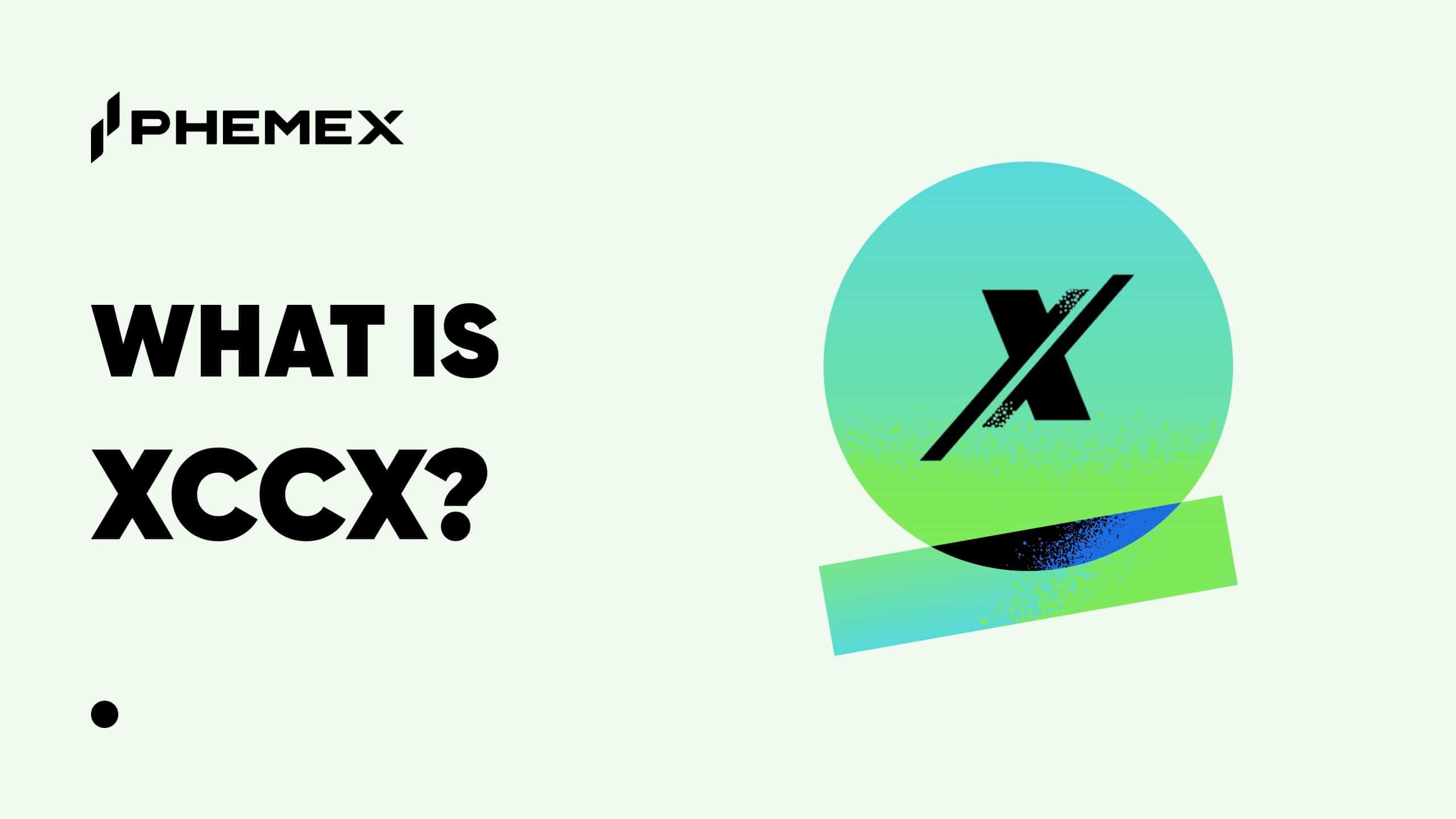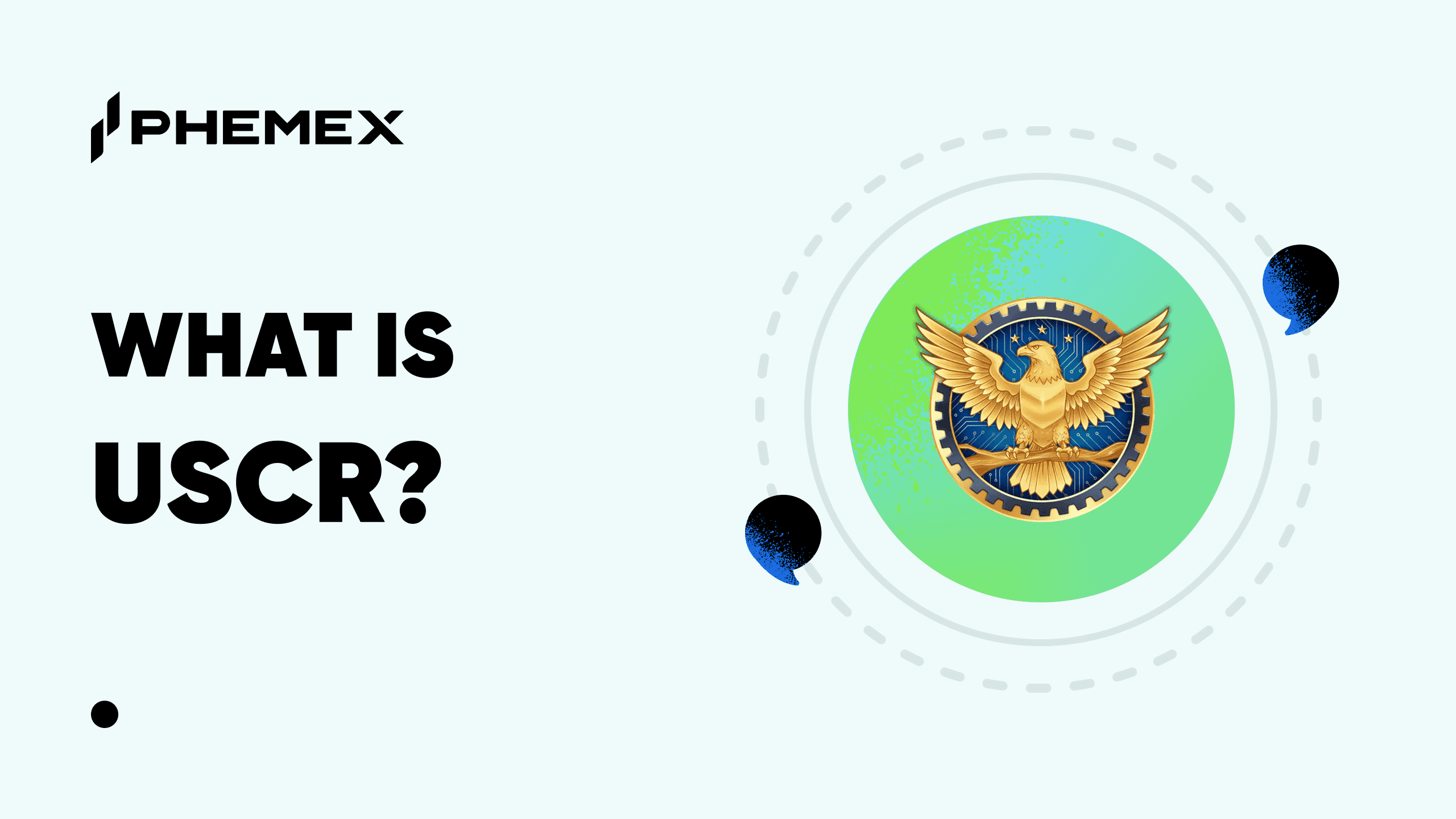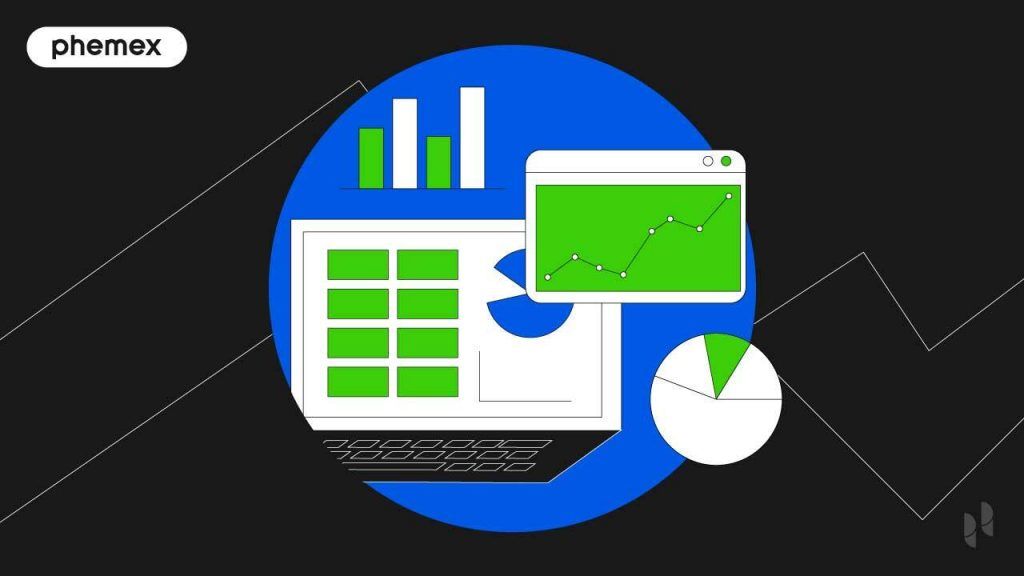In the ever-evolving theater of digital finance, where innovation is the currency of survival, two formidable new protagonists have taken center stage: ASTER and Avantis. They are not merely new tokens; they represent two distinct, powerful philosophies on the future of decentralized trading. For the discerning crypto investor, the kind who looks beyond the hype to the architectural substance, the emergence of these platforms presents a compelling dilemma. This is more than a simple investment choice; it's a vote for a particular vision of DeFi's future. The ASTER vs AVNT debate is rapidly becoming a defining conversation among traders looking for the next frontier in perpetuals.
This deep dive will dissect these two titans, exploring their technological prowess, market performance, and fundamental ideologies. We will meticulously analyze their strengths and weaknesses to help you answer the crucial question: which is better: ASTER or AVNT? for your personal portfolio strategy. While their approaches diverge, their destination is the same: providing a superior, decentralized trading experience. And for the trader ready to act, both are readily accessible on Phemex, offering a seamless gateway to this new era of DeFi.

Summary
-
What ASTER aims to do: ASTER is building a comprehensive, multi-chain decentralized exchange (DEX) for both spot and perpetuals trading. Its grand ambition is to unify liquidity from disparate blockchains like Ethereum, Solana, and BNB Chain, allowing for seamless trading without the friction of bridging assets. It emphasizes privacy, capital efficiency, and user control.
-
What AVNT aims to do: Avantis is a specialized perpetuals exchange on the Base network with a laser focus on bridging decentralized finance with traditional global markets. It allows users to trade not just crypto, but also real-world assets (RWAs) like forex and commodities, bringing familiar legacy markets into a permissionless, on-chain environment.
-
A major difference in tech or purpose: The core architectural difference is ASTER's independent, multi-chain Layer-1 approach versus Avantis's strategy of building on an established Ethereum Layer-2 (Base). ASTER seeks to be the central hub connecting many chains, while Avantis leverages the security and ecosystem of Ethereum to innovate within a specific, high-growth niche (RWAs).
-
Availability: Both ASTER and AVNT are available for spot and futures trading on Phemex, allowing traders to easily access both projects from a single, secure platform.
What Is ASTER?
ASTER represents a bold and ambitious vision for the future of decentralized trading. At its heart, ASTER is a next-generation decentralized exchange engineered for both spot and perpetual contracts, but this simple definition belies its true complexity. The project was born from the strategic merger of Astherus, a protocol known for its innovative yield products, and APX Finance, a robust perpetuals trading platform. This union created a powerhouse DeFi venue that offers a uniquely capital-efficient trading experience. Users can deploy yield-generating assets like liquid-staked BNB (asBNB) or the USDF stablecoin as collateral, meaning their capital is working for them even while it secures their trading positions.
The platform operates as a multi-chain DEX, aggregating liquidity from giants like BNB Chain, Ethereum, Solana, and Arbitrum. This is a crucial differentiator; it attacks one of DeFi’s most persistent pain points—fragmented liquidity. By allowing users to trade across these ecosystems without needing to manually bridge assets, ASTER offers a dramatically improved user experience. Powering this intricate system is its own high-performance Layer-1 blockchain, the Aster Chain, which is custom-built to prioritize privacy and execution efficiency. This technological sovereignty allows ASTER to implement features that would be difficult on a general-purpose blockchain, such as its signature "hidden orders," which conceal trade details until execution to prevent front-running and minimize MEV (Maximal Extractable Value).
The ASTER token is the lifeblood of this ecosystem. With a total supply of 8 billion tokens, it serves multiple functions critical to the platform's health and growth. As a governance token, it grants holders the democratic power to vote on protocol upgrades, fee structures, and other key decisions. It's also a utility token; traders can use it for fee discounts, and it can be staked to earn a share of the platform's revenue, creating a direct incentive for long-term participation. The token's launch in September 2025 was met with explosive interest, underscored by strong backing from YZi Labs and endorsements from influential figures like CZ, signaling significant market confidence in Aster's ambitious roadmap.
What Is AVNT?
Avantis enters the DeFi arena with a different, yet equally compelling, strategy. It is a sophisticated decentralized exchange designed for perpetual futures trading, but its innovation lies in its market focus and architectural elegance. Built on the Base network, an Ethereum Layer-2 solution incubated by Coinbase, Avantis benefits from the security and decentralization of Ethereum while offering the high speed and low transaction costs necessary for a demanding trading environment. Its mission is to dissolve the boundary between DeFi and traditional finance, creating a single, fluid marketplace for a vast array of assets.
What truly sets Avantis apart is its pioneering work in real-world assets (RWAs). The platform allows users to trade not only cryptocurrencies but also forex pairs, commodities like gold and oil, and major stock indices. This transforms Avantis from a simple crypto DEX into a global macro trading platform, all conducted on-chain with up to 500x leverage. This is a profound shift, offering traders permissionless access to markets that were previously the exclusive domain of centralized, highly regulated brokers.
The technological cornerstone of Avantis is its "Universal Leverage Layer." This innovative system utilizes a single, unified liquidity vault denominated in USDC to act as the counterparty for all trades across its 80+ markets. This synthetic model is incredibly capital-efficient, as it eliminates the need for separate liquidity pools for each asset. It ensures deep liquidity and minimizes slippage, creating a trading experience that rivals centralized exchanges. Avantis has also introduced disruptive features like zero-fee perpetuals, where traders are only charged a fee on their profitable trades, fundamentally altering the cost dynamics of high-frequency trading. The native AVNT token, with a fixed maximum supply of 1 billion, is integral to the ecosystem. It is used for governance, allowing the community to steer the protocol's future. Furthermore, AVNT can be staked in a security module, where it acts as a backstop for the protocol while earning stakers a portion of the platform's trading fees, aligning the interests of token holders with the long-term security and success of the exchange.
Key Similarities
Despite their distinct technological paths and market focus, ASTER and Avantis share a common DNA rooted in the core principles of decentralized finance. A side-by-side comparison reveals several foundational similarities that place them in the same competitive weight class.
-
Core Business Model: At their core, both are decentralized perpetuals exchanges. They operate in the same high-stakes arena, providing traders with tools to speculate on the future price of assets with leverage, but in a non-custodial and transparent environment.
-
High-Leverage Offerings: Both platforms cater to sophisticated traders by offering substantial leverage. ASTER provides up to 1001x leverage, while Avantis offers up to 500x. This positions them as powerful alternatives to centralized derivatives exchanges.
-
Governance and Staking: Both ecosystems are powered by native tokens (ASTER and AVNT) that serve dual purposes. They are governance tokens, granting holders voting rights to shape the protocol’s evolution. They are also utility tokens that can be staked, allowing holders to earn a share of platform revenue and contribute to the protocol's security.
-
Commitment to Capital Efficiency: Both projects are obsessed with solving the problem of capital efficiency. ASTER addresses it by allowing yield-bearing assets as collateral, while Avantis tackles it with its universal liquidity vault. The goal is the same: let traders do more with less.
-
Community-Centric Incentives: A significant portion of both projects' tokenomics is dedicated to community incentives. Both have utilized airdrops and ongoing rewards programs to attract early users, bootstrap liquidity, and foster a loyal user base, recognizing that a vibrant community is essential for long-term success.
Major Differences
While their similarities establish them as peers, their differences will ultimately define their respective destinies. The strategic choices in their design, from the base layer of technology to their go-to-market strategy, create a fascinating study in contrast.
Technology
The most fundamental divergence lies in their technological foundations. ASTER has chosen the path of sovereignty, developing its own custom Layer-1 blockchain, the Aster Chain. This gives it complete control over the environment, allowing it to embed features like privacy-preserving zero-knowledge proofs and MEV-resistance directly into the base layer. Its multi-chain aggregation system is a complex but powerful solution, acting as a universal adapter to pull liquidity from across the fragmented DeFi landscape. This approach offers immense flexibility but also carries the heavy burden of building and securing an entirely new L1 ecosystem.
Avantis, in contrast, has opted for a symbiotic strategy. By building on Base, an Ethereum Layer-2, it inherits the institutional-grade security and decentralization of the Ethereum mainnet. This is a significant advantage, as it outsources the most complex part of the blockchain stack—consensus and security—to the most battle-tested smart contract platform in the world. Its innovation is focused on the application layer: the "Universal Leverage Layer" and its synthetic derivatives engine. This makes Avantis less of a foundational infrastructure play and more of a highly specialized, capital-efficient application built on proven infrastructure. The choice is stark: ASTER’s vertical integration versus Avantis’s specialized-layer approach.
Transaction Speed & Fees
Both platforms are engineered for the high-throughput demands of perpetuals trading, but they achieve their performance through different means. ASTER’s custom L1 is designed from the ground up for speed, aiming to provide an experience that feels instantaneous. However, its fees will be subject to its own internal gas market dynamics.
Avantis leverages the scaling power of Layer-2 rollups. Transactions on Base are bundled and settled on Ethereum, resulting in fees that are a fraction of what they would be on the mainnet. This makes high-frequency trading strategies viable. Furthermore, Avantis’s introduction of zero-fee perpetuals for profitable trades is a revolutionary commercial innovation. It completely changes the incentive structure for traders, rewarding success and reducing the cost of unsuccessful trades, a feature that is technologically and economically distinct from ASTER's model.
Adoption & Community
The narrative of adoption for these two projects is shaped by their backers and target markets. ASTER, with endorsements from figures like CZ and the backing of YZi Labs, has created a powerful gravitational pull within the crypto-native community. Its multi-chain focus appeals to DeFi power users who are already active across various ecosystems. Metrics cited in its documentation, such as a total trading volume nearing $519 billion, demonstrate significant early traction.
Avantis has pursued a different path to credibility, securing $4 million in a seed round led by Pantera Capital, one of the most respected VCs in the space, along with support from Coinbase. This institutional backing resonates strongly with investors who look for rigorous due diligence. Its focus on RWAs also widens its potential user base beyond crypto natives to include traders from traditional finance backgrounds. Its targeted airdrop to over 65,000 early users was a highly effective community-building strategy, fostering a dedicated initial user base.
Security & Transparency
Security is paramount in DeFi, and here again, their approaches diverge. ASTER’s security model is self-contained. It relies on the integrity of its own L1 validators and its proprietary MEV-resistant design. The full self-custody of funds is a core tenet, aligning with the foundational principles of decentralization. The transparency of its operations is contingent on the Aster team and community governance.
Avantis’s security is layered. It benefits directly from the security of Ethereum, which is secured by a massive, decentralized network of validators. The Base L2 provides the execution environment, but the ultimate finality of transactions rests on Ethereum. This inherited security is a powerful selling point. The protocol's governance is managed by the Avantis Foundation, providing a clear structure for decision-making and accountability.
Trading Liquidity
Both platforms offer deep liquidity, but their methods of generating it are fundamentally different. ASTER’s strength lies in aggregation. It acts as a liquidity vortex, pulling in assets and order flow from multiple established blockchains. This allows it to offer a wide variety of trading pairs and tap into pre-existing capital pools, making it a liquidity superhighway.
Avantis’s “Universal Leverage Layer” is a model of efficiency. Instead of needing separate liquidity pools for every market (BTC-USD, ETH-USD, EUR-USD, etc.), it uses a single, massive vault of USDC to back all trades. This synthetic approach means that liquidity is not fragmented. The entire value of the vault can be used to support any market, resulting in exceptionally deep liquidity and resistance to slippage, even for less common assets. This is a more scalable and capital-efficient model, provided the risk management of the vault is robust.
Perfo rmance & ROI
| Feature | ASTER | AVNT |
| Performance Narrative | Explosive, event-driven growth following its Token Generation Event (TGE). | A more gradual but equally impressive and sustained ascent. |
| Key Performance Metric | Price surged over 434% within the first 24 hours of its TGE. | Market capitalization reached approximately $226 million post-listing. |
| Primary Growth Drivers | Intense community hype, influential endorsements, and the launch of attractive staking and rewards programs. | Strong institutional backing (e.g., Pantera Capital), major exchange listings, and a clear product-market fit in the RWA space. |
| Initial ROI for Early Adopters | Described as immense, reflecting the market's high expectations for its multi-chain vision. | Strong and steady, driven by sustained platform growth and increasing market adoption. |
| Market/Analyst Sentiment | Fueled by high expectations for its ambitious multi-chain vision and powerful industry endorsements. | Buoyed by its connection to the Base ecosystem and the broader, promising trend of tokenizing real-world assets. |
How to Buy & Trade on Phemex
For investors who have weighed the evidence and are ready to act, Phemex provides a premier venue to gain exposure to both of these cutting-edge projects. The platform’s user-friendly interface and deep liquidity make it simple for both novice and experienced traders. Here’s a clear, step-by-step guide on how to trade ASTER and AVNT on Phemex:
-
Create and Secure Your Account: Begin by signing up for a Phemex account. The process is quick and intuitive. Ensure you enable two-factor authentication (2FA) immediately to provide an essential layer of security for your assets.
-
Deposit Funds: To start trading, you’ll need to fund your account. The most common trading pair for both ASTER and AVNT is with USDT. You can deposit USDT directly from an external wallet or purchase it on Phemex using a variety of methods, including credit card or bank transfer.
-
Navigate to the Spot Market: Once your account is funded, head to the "Spot" trading section of the Phemex platform. Here, you’ll find a comprehensive list of available trading pairs.
-
Search for Your Coin: Use the search bar in the spot market to find your desired asset. Type in "ASTER/USDT" or "AVNT/USDT" to bring up the respective trading chart and order book.
-
Place Your Trade: You can now choose your order type. A "Market Order" will buy the asset at the current best available price for immediate execution. A "Limit Order" allows you to set a specific price at which you wish to buy, giving you more control over your entry point. Enter the amount of USDT you wish to spend or the amount of ASTER/AVNT you wish to acquire, and confirm your trade.
The beauty of using a platform like Phemex is the ease with which you can diversify. You can analyze both charts, manage your positions, and execute trades for both tokens all from a single interface, without the complexities of navigating different DEXs or bridging assets. Both ASTER and AVNT are available now on Phemex, putting the future of decentralized perpetuals at your fingertips.
Which One Should You Choose? (Not Financial Advice)
The final decision in the ASTER vs AVNT matchup hinges entirely on your investment thesis, risk appetite, and vision for the future of DeFi. This is not a question of which project is objectively "better," but which one better aligns with your strategy. To make the choice clearer, consider this personality-match suggestion:
-
If you are a DeFi maximalist who believes in a multi-chain future and values technological sovereignty and privacy, ASTER might be the ideal choice. Its ambition to unify disparate ecosystems and its focus on MEV-resistance and hidden orders appeal to the sophisticated user who wants maximum control and flexibility. ASTER is a bet that the future isn't dominated by one chain, but connected by powerful aggregators.
-
If you are a pragmatic investor who believes in the power of the Ethereum ecosystem and sees the tokenization of real-world assets as the next major growth narrative, AVNT could suit you better. Its foundation on the secure and trusted Base L2, combined with its strong institutional backing, presents a more conservative yet incredibly powerful proposition. AVNT is a bet on bridging the gap between the established financial world and the permissionless future of DeFi.
It is crucial to remember that this article does not constitute financial advice. The cryptocurrency markets are exceptionally volatile, and both projects, while promising, are still in their early stages. Always conduct your own thorough research (DYOR) and never invest more than you are willing to lose.
Conclusion
ASTER and Avantis represent the bleeding edge of innovation in the decentralized derivatives market. They are both formidable contenders, armed with brilliant technology, strong communities, and clear, albeit different, visions for the future. ASTER is the ambitious unifier, weaving together the fragmented world of multi-chain DeFi into a single, cohesive trading experience. Avantis is the pragmatic pioneer, building a robust bridge to the vast, untapped liquidity of traditional financial markets on the secure foundation of Ethereum.
The competition between them will undoubtedly push the entire space forward, benefiting traders everywhere. The ultimate winner may not be one or the other, but rather the investor who understands the unique value proposition of each. The next chapter of their story is yet to be written, but you can be a part of it.
Explore both projects directly — trade ASTER or AVNT on Phemex today.








